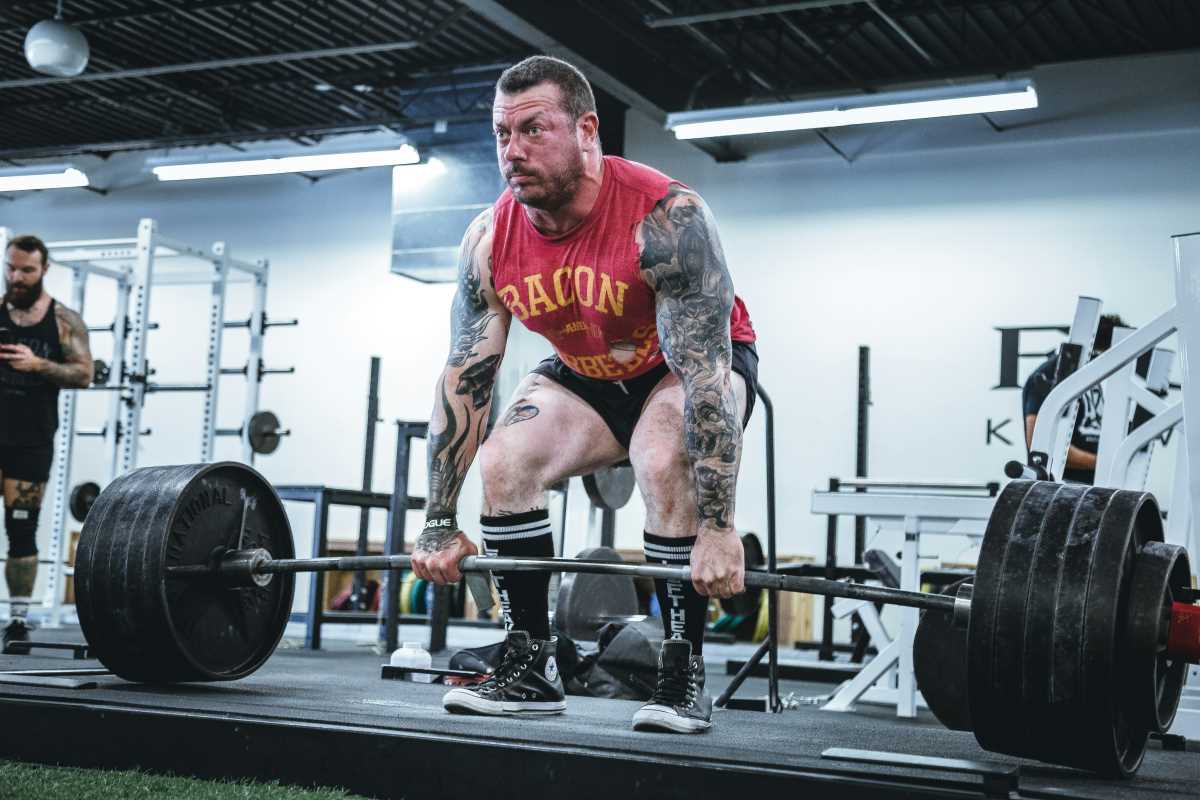Powerlifting is an art that goes beyond the simple act of hoisting heavy weights. Athletes committed to this discipline understand that success hinges on precise execution, meticulous planning, and unwavering dedication. Those eager to enhance their strength and sculpt their body know the importance of well-structured weight training routines. These thoughtfully designed schedules play a crucial role in making sure each session is impactful, paving the way for significant strength improvements and a more defined physique. By adhering to these detailed plans, athletes can transform their efforts into tangible results, achieving the powerful and chiseled look they strive for.
Precision in training schedules optimizes performance and minimizes the risk of injury. By tailoring workouts to individual needs and goals, powerlifters can push their limits safely and effectively. This approach resonates particularly well with performance-driven athletes and trendsetters who seek to remain ahead in their fitness journeys.
The Science Behind Precision Training
Understanding the science behind precision training significantly impacts a powerlifter's progress. Here are key scientific principles that support effective precision weight training schedules:
- Progressive Overload: Gradually increase the weight, frequency, or number of repetitions in training to stimulate muscle growth and strength gains.
- Periodization: Organize training into specific cycles (micro, meso, and macro) to optimize performance and prevent plateaus.
- Recovery Mechanisms: Incorporate adequate rest and recovery to allow muscle repair and growth, reducing the risk of overtraining.
- Individualization: Design training programs that cater to an athlete's unique strengths, weaknesses, and goals.
- Biomechanics: Understand the mechanics of movement to enhance efficiency and reduce injury risk during lifts.
Crafting a Precision Weight Training Schedule
Creating an effective precision weight training schedule involves several essential steps. Follow this numbered guide to develop a plan tailored to your powerlifting goals:
- Assess Your Current Level: Start by evaluating your current strength, technique, and overall fitness to establish a baseline.
- Set Specific Goals: Define clear, measurable objectives such as increasing your squat by 20 pounds or improving your deadlift form.
- Design Periodized Phases: Organize your training into cycles, alternating between phases of high intensity and active recovery to optimize gains.
- Incorporate Varied Lifts: Include a mix of compound and isolation exercises to target different muscle groups and enhance overall strength.
- Schedule Rest Days: Allocate specific days for rest and recovery to prevent burnout and promote muscle repair.
- Monitor and Adjust: Regularly track your progress and adjust your schedule as needed to ensure continuous improvement.
Benefits of Precision in Powerlifting
Precision in training schedules offers numerous advantages for powerlifters striving for excellence. Meticulous planning can lead to significant strength gains and body sculpting:
Firstly, precision ensures that each workout is purposefully designed to target specific muscle groups and strength parameters. This targeted approach maximizes efficiency, allowing athletes to make consistent progress without unnecessary fatigue. By focusing on key lifts and appropriate accessory work, powerlifters can develop balanced strength and prevent muscle imbalances.
A well-structured training schedule promotes optimal recovery, which is crucial for muscle growth and injury prevention. Athletes who follow precise schedules are less likely to overtrain, ensuring their bodies have the necessary time to repair and strengthen between sessions. This balance between training and recovery is essential for achieving long-term success in powerlifting.
Incorporating Biofeedback Technology
Integrating advanced tools can further enhance your training regimen. Utilizing precision weight training schedules with biofeedback technology allows athletes to monitor their physiological responses in real-time. This data-driven approach provides insights into performance metrics such as heart rate, muscle activation, and recovery status, enabling more informed adjustments to your training plan.
Biofeedback tools help identify when you’re pushing too hard or not hard enough, ensuring that each session is optimized for peak performance. By using this technology, powerlifters can fine-tune their workouts to match their individual needs, leading to more effective and personalized training outcomes.
Training Frequency and Recovery
Balancing training schedules with adequate recovery is pivotal for sustained progress. Determining how often to train each muscle group depends on factors like intensity, volume, and individual recovery capacity. Typically, powerlifters train each primary lift 2-3 times per week, allowing sufficient time for muscles to recover and strengthen between sessions.
Incorporating active recovery techniques such as light cardio, stretching, or mobility work on rest days enhances overall recovery. Additionally, prioritizing sleep and proper nutrition plays a significant role in supporting your training frequency, ensuring that your body has the resources it needs to rebuild and grow stronger after each workout.
Common Challenges and Solutions
Even with a well-planned schedule, powerlifters may encounter various challenges. Here are some common hurdles and practical solutions to overcome them:
Plateaus in Strength: Hitting a strength plateau can be frustrating. To break through, consider adjusting your training intensity, incorporating new exercises, or altering your periodization cycle. Sometimes, a short deload week can help reset your progress and prepare you for the next growth phase.
Time Management: Balancing training with other life commitments can be tough. Prioritize your workouts by scheduling them in advance and treating them like essential appointments. Efficiently planning shorter, high-intensity sessions can also help you stay consistent without compromising your other responsibilities.
Injury Prevention: Avoiding injuries is crucial for maintaining progress. Ensure proper warm-ups, focus on correct lifting techniques, and listen to your body’s signals. Incorporating mobility work and flexibility exercises can also reduce the risk of strains and other common lifting injuries.
Staying motivated can present a challenge, especially during tough training phases. Setting small, achievable goals and celebrating your progress can keep your spirits high. Engaging with a supportive community or training partner provides the encouragement needed to push through difficult times.
Consistency is key. Life can be unpredictable, but having a flexible training schedule that adapts to changes ensures that you stay on track even when unexpected events occur. Regularly reviewing and adjusting your plan helps maintain long-term commitment and progress.
Tailoring a precision weight training schedule to your needs can transform your powerlifting journey, leading to significant strength gains and a sculpted physique. Embrace precision, stay dedicated, and elevate your performance to new heights.
 (Image via
(Image via





